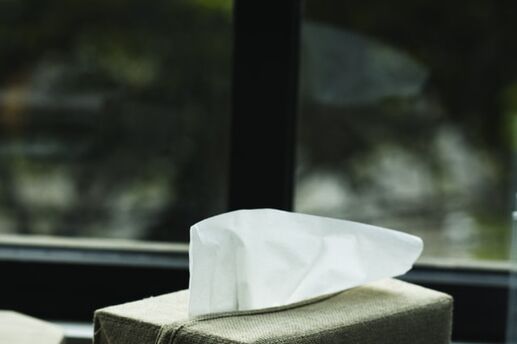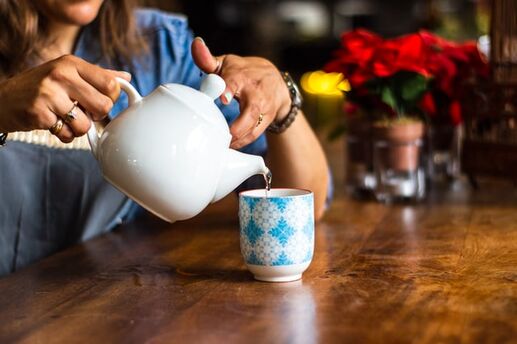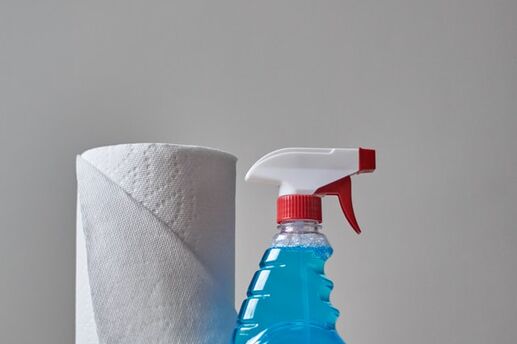Spring-Clean Your Health: 6 Steps You Likely Forget
The mercury is rising, the trees are blooming -- and for many families, springtime means spring cleaning. But besides the broken toys and outgrown clothes, what else should you toss and update? Use these guidelines when you spring-clean to stay healthy, safe and prepared for the new season.
Sneakers
If you're a runner, experts recommend replacing your kicks every 350 to 550 miles, before they lose shock absorption and stability. Buy a new pair before your old pair wears out so you can break them in gradually, suggests Rudy Dressendorfer, a triathlete, American College of Sports Medicine fellow and personal trainer in Penryn, Calif. He recommends rotating in your new sneakers for a few workouts each week (or less than half of what you usually do in the old pair), especially if you're changing models or brands.
Smoke Detectors and Fire Extinguishers
You've probably heard that you should check your smoke detectors’ batteries twice a year. (Use daylight saving time, when you change your clocks, as a reminder.) But even with fresh batteries, smoke detectors that are older than 10 years may not work as effectively and should be replaced, says Lorraine Carli of the National Fire Protection Agency. For fire extinguishers, "check the gauge to make sure they are fully charged," she says."If they're not, recharge or replace it." Some extinguishers are disposable, she notes, and can only be used once.
Cosmetics
You'll likely notice when makeup starts to go bad -- any change in color, consistency, or odor is a sure sign that it's time toss a product. While most cosmetics last for at least a year, the Food and Drug Administration recommends discarding eye makeup, like mascara, every three months. They may have bacterial growth, which can lead to an eye infection. And you may need to replace all-natural brands sooner because their plant-based ingredients may breed bacteria. Be sure to keep facial tissues around too -- they can be a lifesaver, especially this season, for quick makeup touchups or help with allergies.
Medicine
All medications -- both prescription and not -- should have an expiration date printed on their package or, in the case of ointments, embossed on the crimp, says Kathleen Besinque, associate professor of clinical pharmacy at the University of Southern California School of Pharmacy. If a medication isn't in its original packaging, don't use it."I advise that people review the contents of their medicine cabinet at least once a year," says Besinque. But don't flush or throw away prescription drugs, which can contaminate waterways. Visit the FDA website for information on how to dispose of them safely.
Vitamins
If you take vitamins or supplements regularly, they should run out before they expire. For those of you who don't take your vitamins daily, don't hang on to them past the expiration date, when they may begin to lose effectiveness, says Besinque. If the bottle doesn't have a date stamped on it, throw it away -- and opt for a different brand next time.
Toothbrushes
Change your toothbrush -- or if you have an electronic toothbrush, swap out the head -- every three to four months, advises the American Dental Association. That's when bristles start to wear down and aren't as effective at removing cavity-causing plaque. It's also a good idea to toss your toothbrush earlier than that if you've been sick, if you're more susceptible to infection or if the bristles become frayed.
Photo by Paul Gaudriault on Unsplash
Like this article? Get more by following us on Facebook at Beauty & Confidence.






